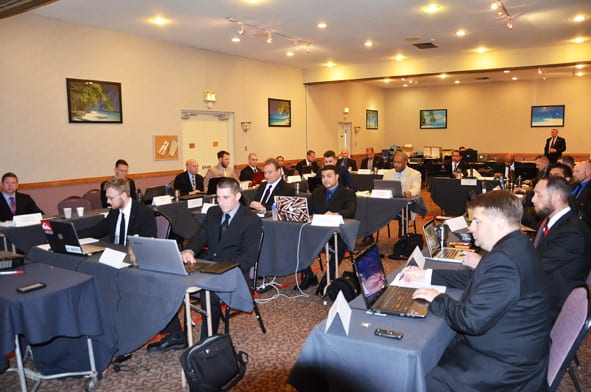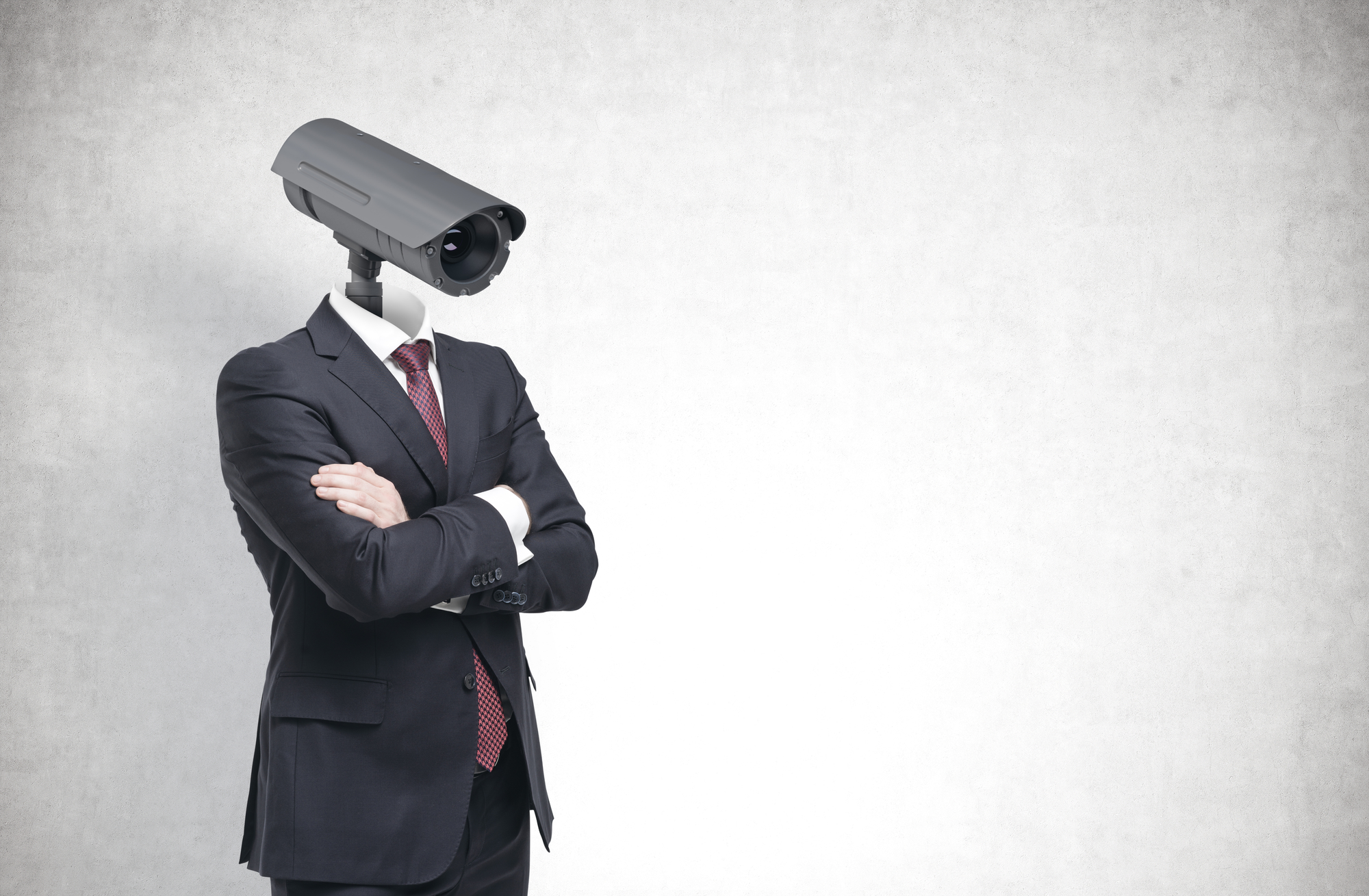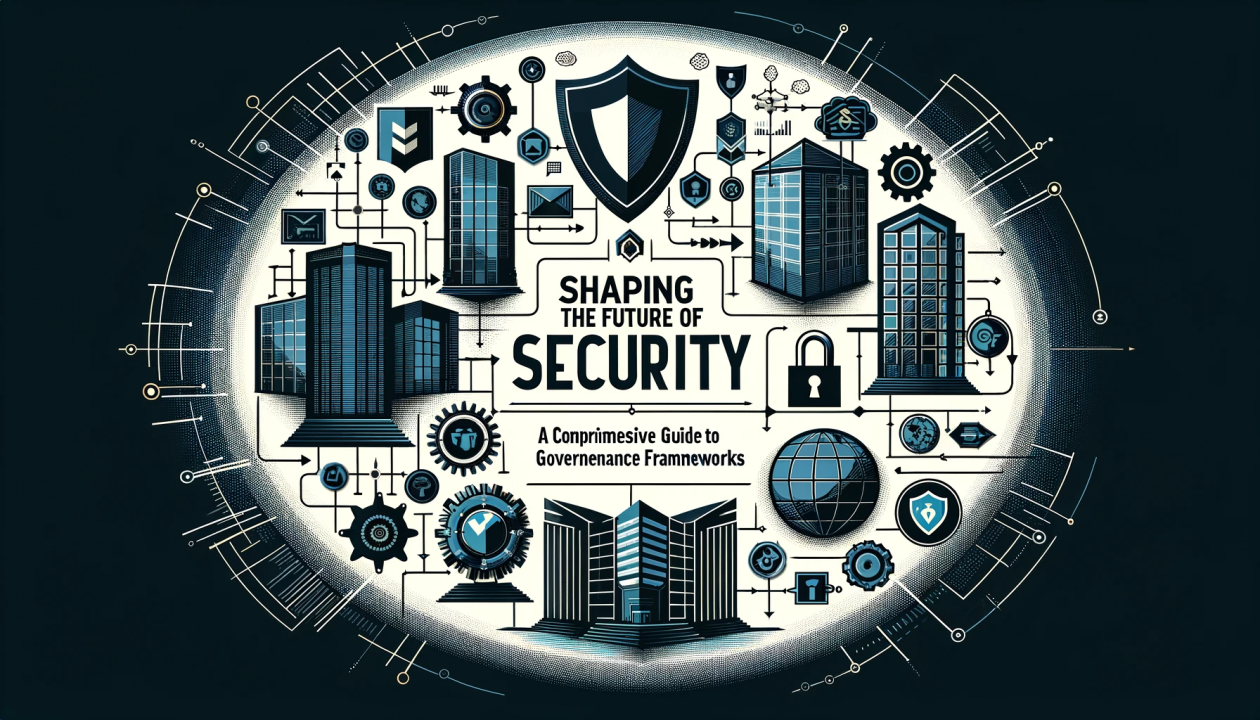Encouraging Your Organization with Ironclad Corporate Security Actions
Encouraging Your Organization with Ironclad Corporate Security Actions
Blog Article
From Cybersecurity to Physical Measures: Enhancing Corporate Security in an Altering World
By integrating the staminas of both cybersecurity and physical security, firms can develop a comprehensive protection approach that deals with the diverse range of threats they deal with. In this conversation, we will certainly discover the altering threat landscape, the need to integrate cybersecurity and physical security, the execution of multi-factor verification steps, the significance of employee awareness and training, and the adjustment of security actions for remote labor forces. By taking a look at these crucial locations, we will acquire valuable insights right into just how organizations can strengthen their company security in an ever-changing globe.
Comprehending the Changing Danger Landscape
The developing nature of the modern-day globe necessitates a thorough understanding of the altering hazard landscape for effective business safety. It is essential for companies to remain informed and adjust their safety gauges to address these developing risks.
One key aspect of understanding the transforming threat landscape is recognizing the different kinds of hazards that organizations encounter. In addition, physical hazards such as theft, vandalism, and corporate reconnaissance continue to be widespread concerns for businesses.
Monitoring and assessing the threat landscape is necessary in order to determine prospective risks and vulnerabilities. This involves staying upgraded on the current cybersecurity patterns, assessing hazard knowledge reports, and conducting normal threat evaluations. By comprehending the changing threat landscape, organizations can proactively apply proper security actions to minimize dangers and safeguard their properties, track record, and stakeholders.
Integrating Cybersecurity and Physical Protection
Integrating cybersecurity and physical safety is essential for extensive business defense in today's digital and interconnected landscape. As organizations progressively rely on modern technology and interconnected systems, the boundaries in between physical and cyber hazards are becoming obscured. To effectively secure versus these dangers, a holistic technique that combines both cybersecurity and physical safety actions is essential.
Cybersecurity focuses on securing electronic assets, such as information, networks, and systems, from unauthorized access, disruption, and theft. Physical protection, on the other hand, includes measures to safeguard physical assets, people, and centers from dangers and vulnerabilities. By incorporating these two domain names, companies can deal with vulnerabilities and threats from both digital and physical angles, thus boosting their overall protection posture.
The integration of these two techniques enables an extra thorough understanding of security threats and enables a unified action to occurrences. For instance, physical accessibility controls can be boosted by incorporating them with cybersecurity methods, such as two-factor verification or biometric recognition. In a similar way, cybersecurity actions can be enhanced by physical security steps, such as monitoring cameras, alarm systems, and safe and secure gain access to factors.

Executing Multi-Factor Authentication Procedures
As organizations progressively focus on extensive protection steps, one reliable approach is the execution of multi-factor authentication procedures. Multi-factor verification (MFA) is a safety approach that needs customers to provide several types of recognition to access a system or application. This strategy adds an additional layer of defense by incorporating something the customer recognizes, such as a password, with something they have, like a fingerprint or a safety and security token.
By applying MFA, companies can dramatically improve their protection posture - corporate security. Standard password-based verification has its constraints, as passwords can be easily jeopardized or failed to remember. MFA alleviates these dangers by including an additional authentication factor, making it much more hard for unauthorized individuals to get to delicate information
There are several sorts of multi-factor verification approaches readily available, consisting of biometric verification, SMS-based confirmation codes, and equipment tokens. Organizations need to evaluate their particular requirements and choose one of the most appropriate MFA solution for their demands.
Nonetheless, the application of MFA must be meticulously intended and implemented. It is important to strike an equilibrium between protection and functionality to stop customer stress and resistance. Organizations needs to likewise consider possible compatibility concerns and supply sufficient training and assistance to ensure a smooth transition.
Enhancing Staff Member Understanding and Training
To strengthen company safety, companies need check over here to prioritize boosting worker awareness and training. In today's swiftly advancing danger landscape, employees play a critical role in securing an organization's delicate information and properties. Many protection breaches happen due to human error or lack of awareness. Therefore, companies require to buy comprehensive training programs to inform their staff members regarding possible threats and the very best practices for minimizing them.
Efficient worker awareness and training programs ought to cover a vast array of topics, consisting of information defense, phishing strikes, social engineering, password hygiene, and physical security steps. These programs must be customized to the particular needs and duties of various worker duties within the company. Regular training sessions, workshops, and simulations can help workers develop the necessary abilities and understanding to respond and recognize to security threats efficiently.
Furthermore, organizations need to urge a society of safety awareness and provide recurring updates and tips to keep employees notified about hop over to here the most recent hazards and reduction techniques. This can be done with internal interaction channels, such as e-newsletters, intranet portals, and e-mail campaigns. By promoting a security-conscious workforce, companies can dramatically decrease the possibility of security cases and secure their valuable possessions from unapproved accessibility or compromise.

Adapting Safety Measures for Remote Workforce
Adjusting company protection actions to suit a remote labor force is important in ensuring the defense of delicate info and properties (corporate security). With the enhancing pattern of remote job, organizations have to implement appropriate safety and security procedures to alleviate the dangers connected with this new means of functioning
One essential aspect of adapting safety steps for remote work is establishing protected communication networks. Encrypted messaging systems and digital exclusive networks (VPNs) can aid secure sensitive info and avoid unauthorized access. Additionally, companies should enforce making use of solid passwords and multi-factor verification to improve the protection of remote gain access to.
One more essential factor to consider is the implementation of safe and secure remote accessibility options. This includes giving employees with secure accessibility to business resources and information via online desktop framework (VDI), remote desktop protocols (RDP), or cloud-based options. These modern technologies make sure that sensitive details stays safeguarded while making it possible for workers to perform their duties efficiently.

Last but not least, extensive safety recognition training is important for remote employees. Training sessions ought to cover finest methods for firmly accessing and taking care of delicate info, recognizing and reporting phishing attempts, and maintaining the general cybersecurity health.
Verdict
Finally, as the threat landscape proceeds to evolve, it is important for organizations to enhance their protection gauges both in the cyber and physical domains. Integrating cybersecurity and physical safety and security, carrying out multi-factor authentication procedures, and boosting staff member recognition and training are essential actions in the direction of attaining durable company protection. In addition, adjusting safety actions to suit remote labor forces is important in today's altering world. By applying these measures, organizations can reduce risks and protect their valuable properties from possible dangers.
In this discussion, we will certainly check next out the transforming hazard landscape, the need to incorporate cybersecurity and physical safety and security, the application of multi-factor authentication measures, the significance of employee recognition and training, and the adaptation of safety and security measures for remote labor forces. Cybersecurity measures can be matched by physical security measures, such as security video cameras, alarm systems, and protected accessibility points.
As organizations significantly prioritize detailed security procedures, one effective strategy is the implementation of multi-factor verification actions.In conclusion, as the danger landscape continues to progress, it is crucial for organizations to enhance their security determines both in the cyber and physical domain names. Integrating cybersecurity and physical safety, applying multi-factor verification measures, and enhancing staff member recognition and training are important steps in the direction of attaining robust business safety.
Report this page